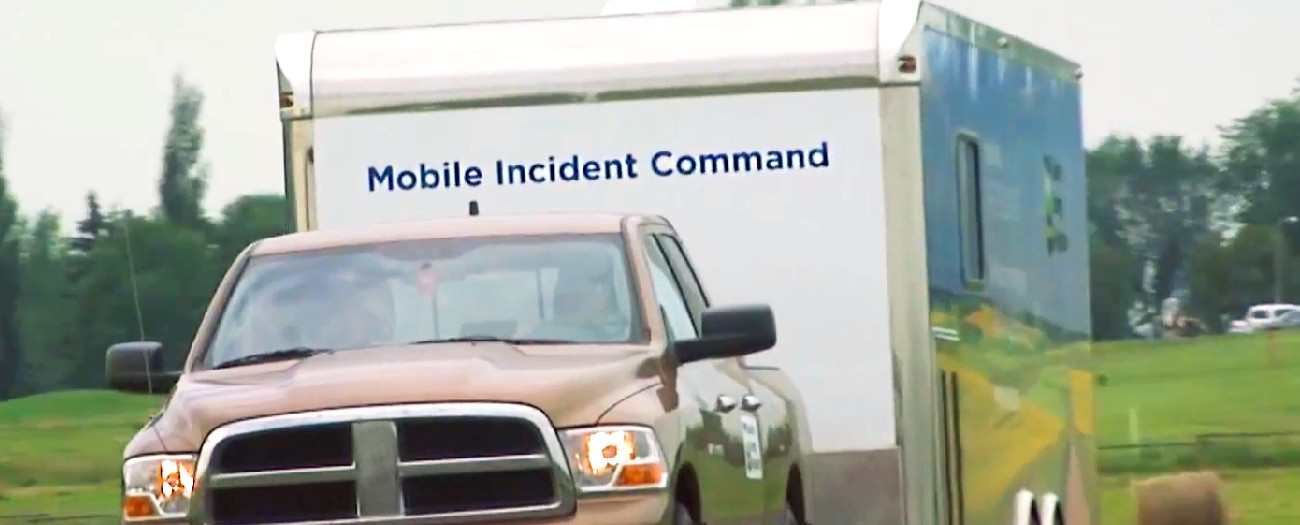Mutual aid helps companies respond to emergencies
Alberta - June 04, 2018When emergencies like floods, wildfires, or tornados happen, Albertans are always quick to lend a helping hand. And like any good neighbour, many companies in the energy industry are also ready to step in when things go wrong in the oil patch.
Mutual aid is one way that companies help each other in an emergency. In short, mutual aid groups allow companies to pool their resources so that when a spill, fire, or explosion happens, more boots and equipment are on the ground to limit the impact on people and the environment. In other words, if an emergency happens, everyone in the group responds.
We’re that buffer so that when a spill first happens, we help the company responsible by providing support
Lorne Schmidt, provincial chairman of Western Canadian Spill Services
In the energy industry, Western Canadian Spill Services (WCSS) is one of the mutual aid groups that companies can choose to join for help during emergencies. It’s made up of 540 oil and gas companies of all sizes from across Western Canada.
“We’re that buffer so that when a spill first happens, we help the company responsible by providing support,” says Lorne Schmidt, provincial chairman of WCSS.
“We can provide initial on-site support for the first 24 hours until the company has brought in their own support. But member companies can access a range of equipment which can remain on site for as long as the company needs it to clean up the spill.”
Must Be Ready to Respond
While the AER doesn’t require companies to participate in mutual aid groups, they must be equipped and ready to respond to an emergency at all times. That means having the people and equipment needed to confront an emergency, regardless of whether the company belongs to a mutual aid group.
To demonstrate their ability to respond, companies must have detailed plans that detail the actions they will take in an emergency. The AER reviews these plans before companies are allowed to drill a well or build a pipeline. These plans are updated regularly by the company, and the AER ensures that all actions and procedures in the plan are appropriate in an emergency.
“We audit emergency response plans every year to ensure that companies have the right people and equipment in place to respond,” says Blair Reilly, manager of the AER’s Emergency Management Team. “If a company isn’t prepared, we will require them to address the gaps in their plan and resubmit it to us for approval.”
Reilly also notes that a large part of his role involves educating mutual aid groups and companies so they’re aware of the AER’s requirements and expectations in the event of an emergency. And most importantly, companies must practise this response at least once a year.
“It’s our job to ensure that energy companies are properly responding to emergencies to protect the environment and keep the public safe,” Reilly said. “At the end of the day, it’s about making sure companies have a plan and are able to act so everyone can go home safely.”
“We take this responsibility very seriously.”
Jordan Fitzgerald, Writer


